These 5 plants could decrease the value of your home by up to 15 per cent
Be sure to get these sorted before selling, to avoid your outdoor space jeopardizing your house move
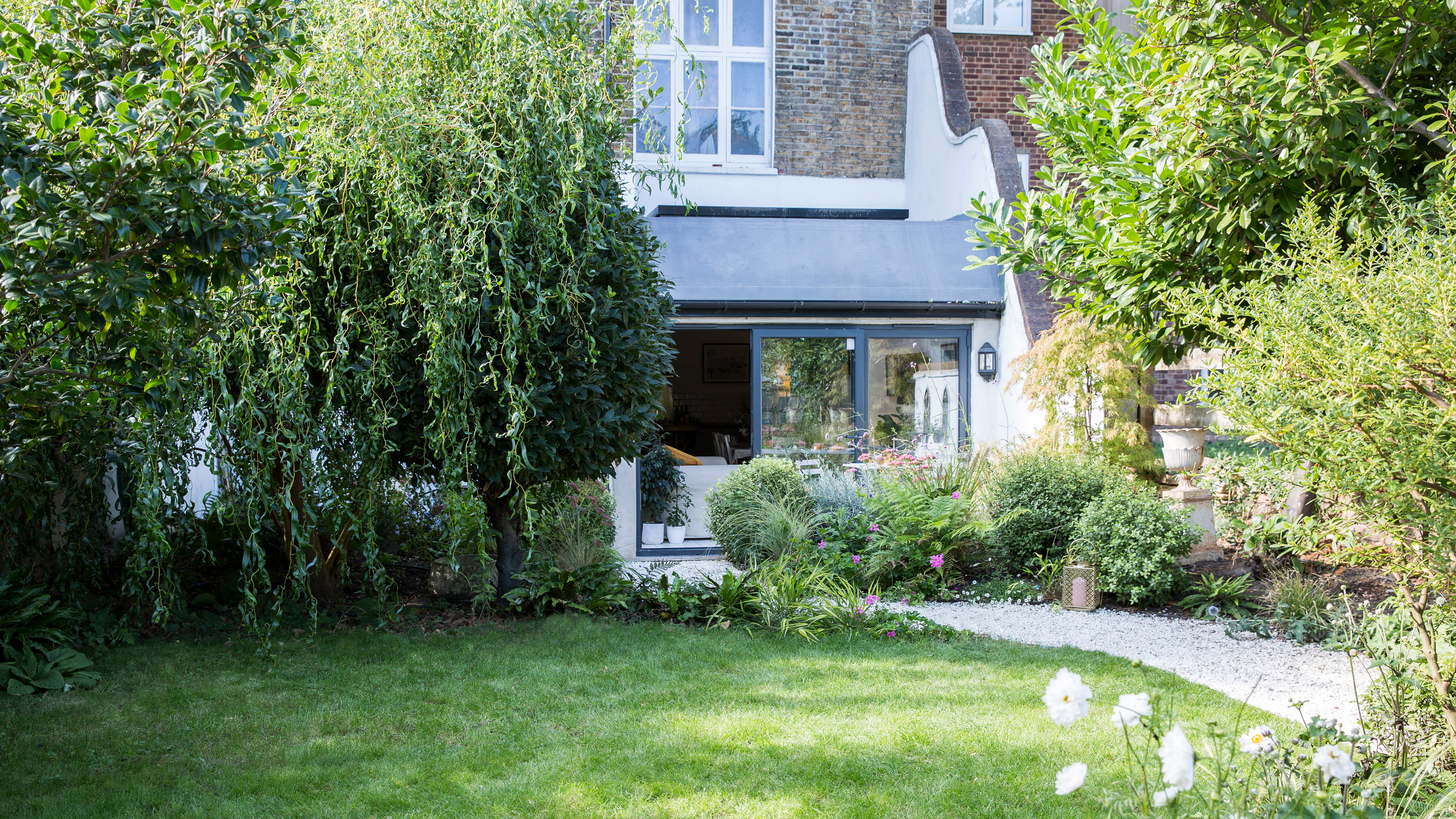

Typically, we’re led to believe that things like kitchen extensions, off-road parking, and kerb appeal are what can affect our home’s overall value. However, it's important not to overlook the garden as it could be hiding a few common plants that could devalue your property according to experts.
We’re not talking about the stylish garden ideas you’ve implemented, such as the roses in your back garden, or the hydrangeas neatly planted next to your driveway. The surveyor experts at Stokemont.com have revealed that there are a handful of specific garden plants that could be having an insidious effect on your home, potentially decreasing the value of your property by up to 15%.
Plants that decrease property value
So what plants might be ruining your home’s value? These are the ones you need to watch out for if your looking to sell your home - in order of potential damage.
1. Japanese knotweed
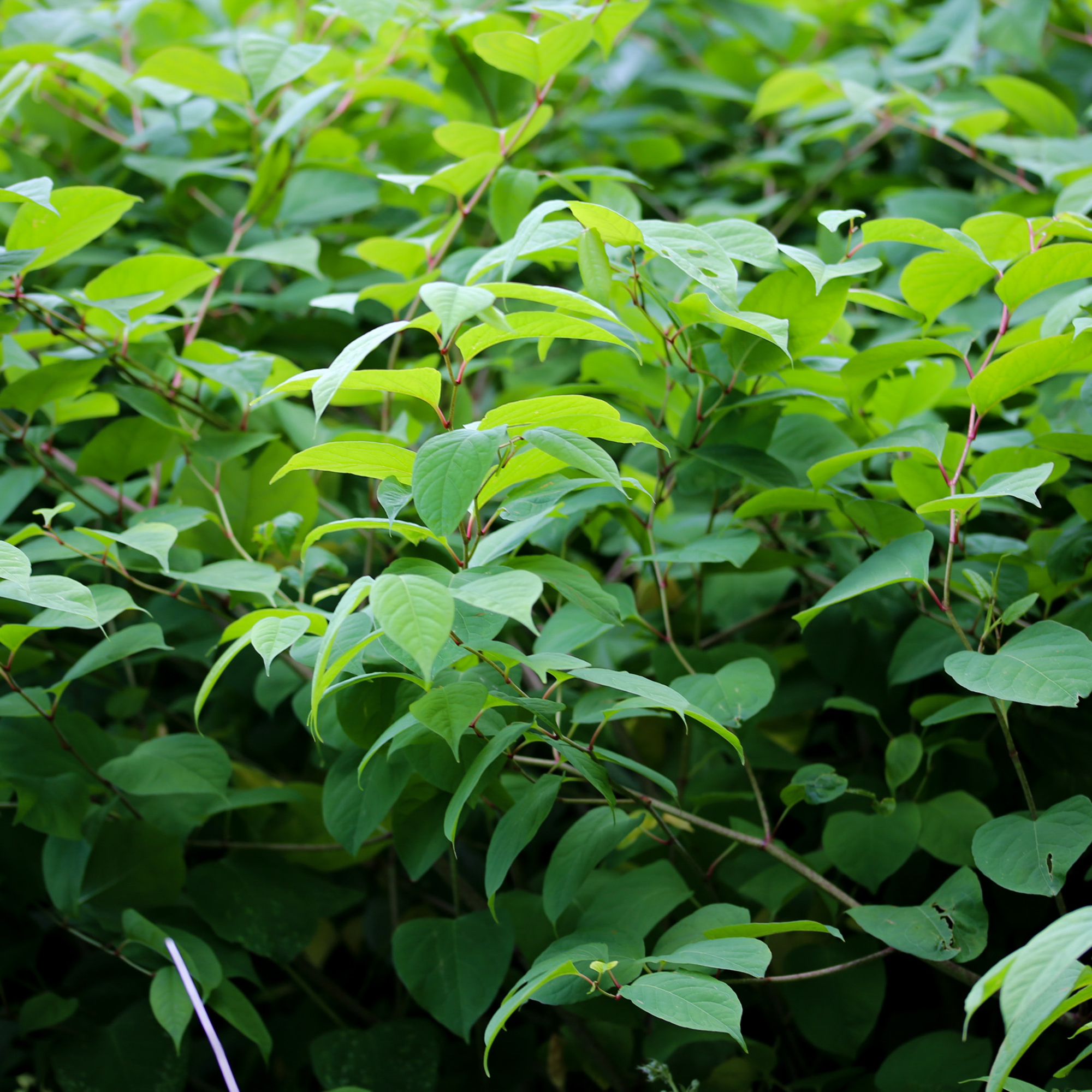
First on the list is Japanese knotweed. An infamous weed among people looking to buy a house and selling circles, it could be seriously damaging your properties foundations.
Aaditya Bhatta, editor and founder of Plantscraze, explains that, if left to its own devices, 'The massive root system of Japanese knotweed utilizes weaknesses in building foundations and connecting drainage systems, and causes gradual damage, resulting in a faulty structure over an extended period of time.'
'Japanese knotweed poses a high risk to foundations, pavements, and gardens, because its rapidly growing root system can cause costly damages,' she continues. Understandably, this can be a hugely unattractive prospect for potential buyers.
Unfortunately, it’s also pretty tricky to remove. Experts suggest you’re infinitely better off calling the experts – before people start visiting.
Get the Ideal Home Newsletter
Sign up to our newsletter for style and decor inspiration, house makeovers, project advice and more.
2. Giant hogweed
Though this one might look like a bunch of lovely white flowers, it’s deceptive – as it’s actually as bad for your home as the rather terrifying name might suggest.
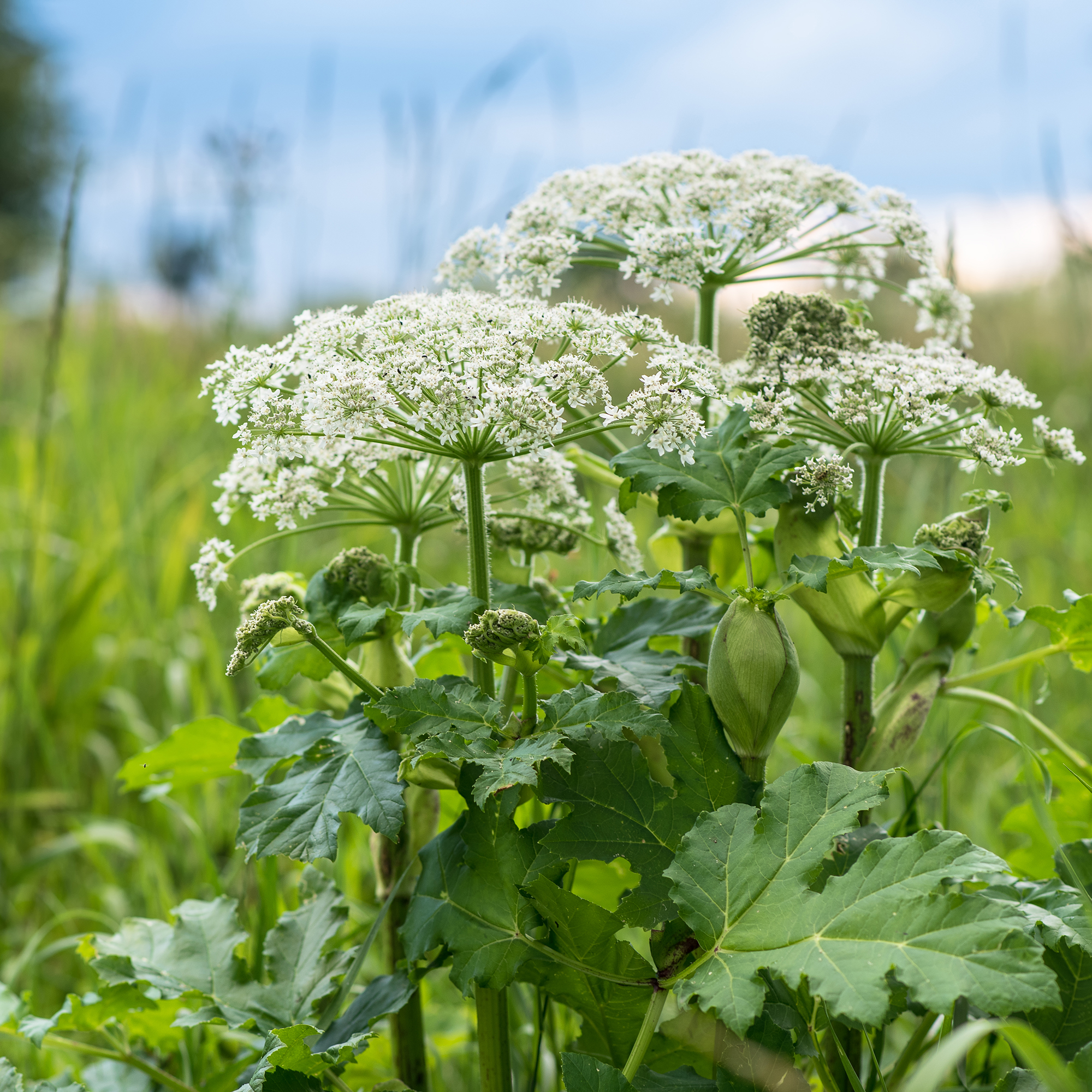
Giant hogweed spreads quickly, but it doesn’t actually do structural damage to your home. In fact, it can instead cause serious skin irritation. It’s also difficult to remove, and therefore expensive to get rid of (calling in the professionals can cost up to £15,000).
Claudia de Yong, a landscape and garden consultant, explains, 'It is not easily eradicated by simply cutting it down. It is a very resilient plant and needs to be dug up with its roots attached, leaving no part of the plant in the ground.'
This, and its danger to your skin, can absolutely put off potential buyers, who may be less inclined to purchase your property until it’s gone, lest they need to fork out for its removal themselves.
3. Poplar trees
Large trees such as Poplar trees (and Willow or Oak) within close proximity to your home can also be detrimental when it comes to selling. This is because their roots can spread out up to 40 metres, potentially disrupting the building’s structure.
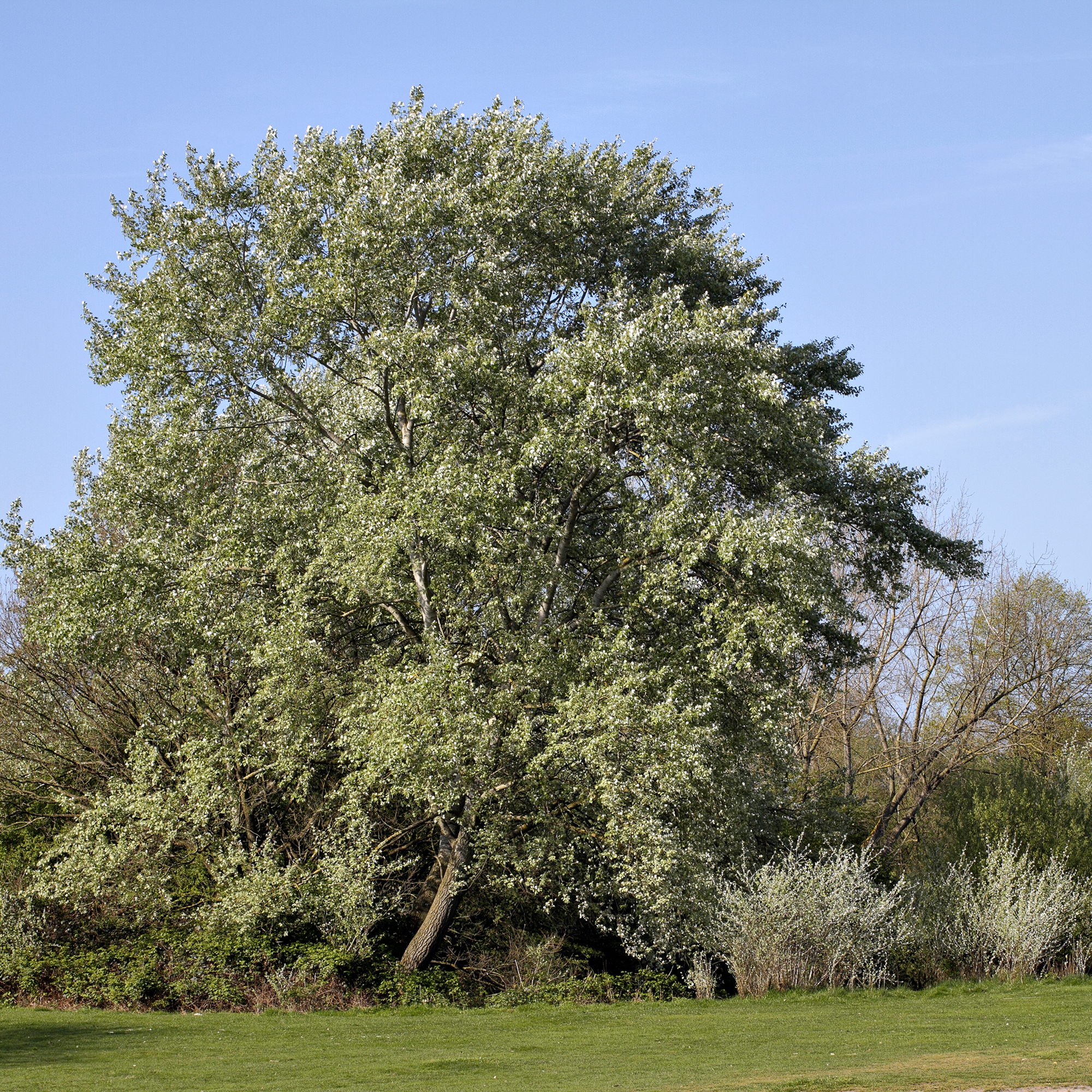
De Yong explained, 'Some tree roots can potentially get under the foundations as well as lift paving, block drains, and cause serious subsidence or structural cracking. Not all mature trees cause structural damage if planted near buildings, but it can happen.'
Bradley McKenzie, a Stokemont property surveyor, clarified, 'Their age, soil type, location, and depth all matter when deciding whether your tree is a problem. If it is, it could cost you £5,000-£25,000 to repair.'
It’s no wonder then that they could risk the overall value of your home.
4. Himalayan Balsam
Himalyan Balsam may look lovely, with striking purple flowers. But if you find this plant in your garden, it’s probably best to remove it ASAP.
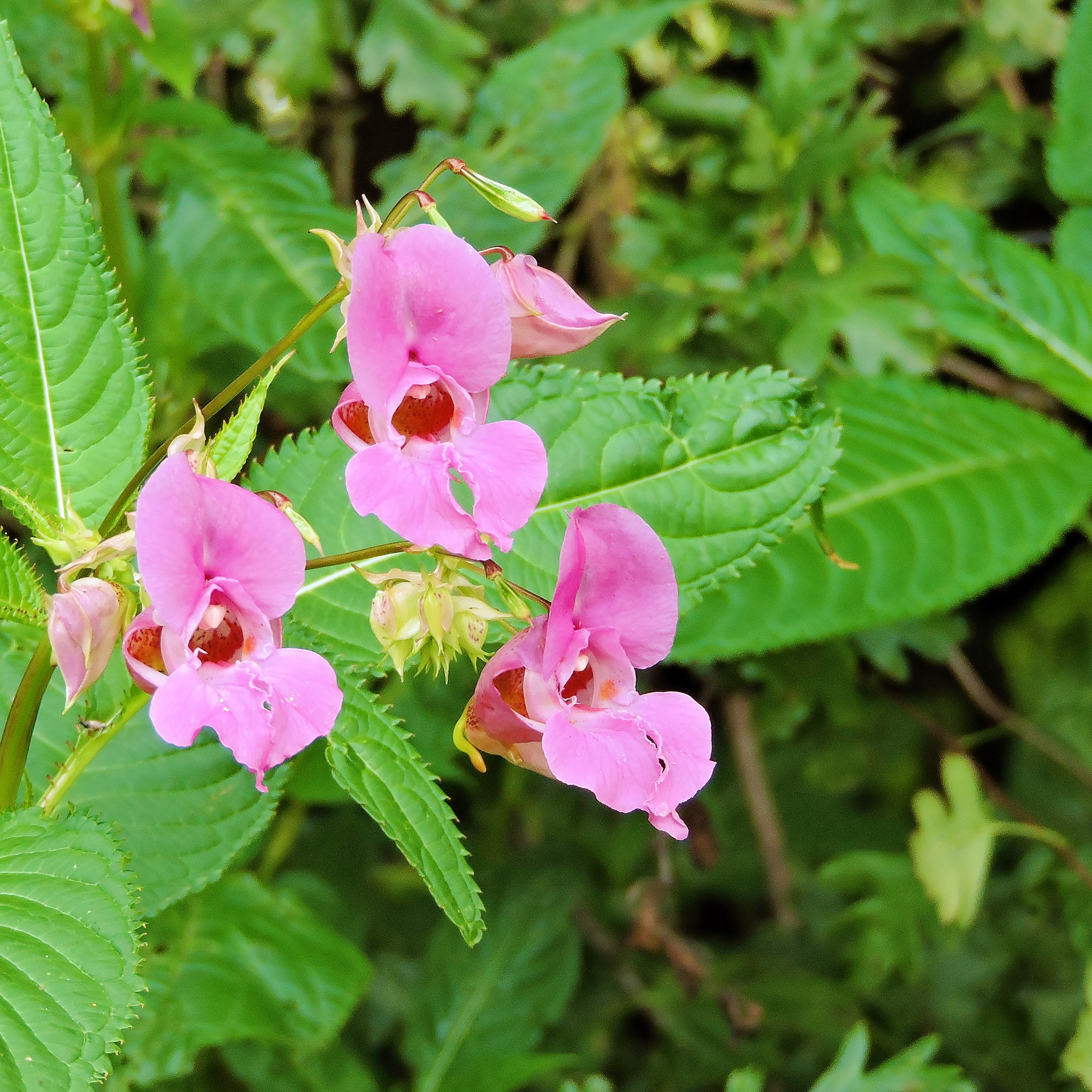
Its potential damage to nearby ecological systems makes it risky to have around. 'Himalayan Balsam is another non-native species, aggressively competitive, finding its way into gardens and shading out our native plants,' De Yong said.
'It is illegal to plant it and let it grow wild. Although its nectar rich flowers attract pollinating insects, this will distract them from visiting native species. Due to its rapid growth it can also block waterways and increase flood risk.'
McKenzie explains: 'Its significant ecological impact on nature and associated laws are not favoured by buyers. So it is recommended to keep this plant controlled, or eradicated.'
Luckily however, it’s easier to remove than the above plants, with De Yong suggesting that hand pulling and cutting the plant before it sets seed is a good first step.
5. Ivy
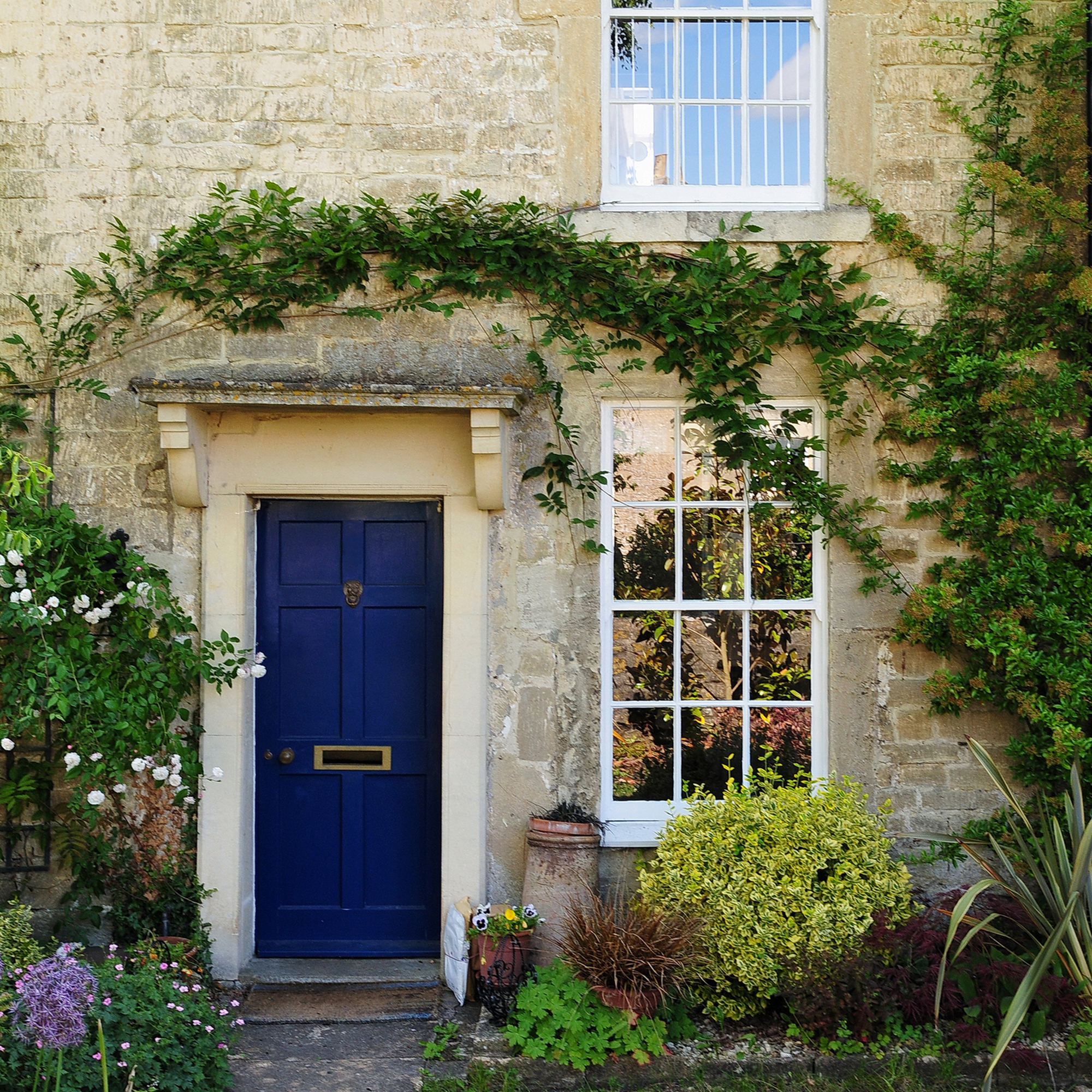
Yes - this climbing plant may look picture-perfect, especially when it’s on an old English countryside cottage. But, if you have the wrong type, Ivy could be creating cracks in your structure, allowing damp to leak through.
'While Ivy can enhance the appearance of a home, its strong attachment to walls can be a worry to some homeowners, as it may damage wall surfaces or block drains and gutters,' says Bhatta. 'In order to avoid structural damage to the house, large Ivy plants attached to walls need to be removed.'
She suggests using mowers to trim Ivy on the ground first. 'If you have Ivy on your walls, they dry out when cut from the bottom. In order to properly clear away the leftover vines, remove them after they dry out.'

Amy Hunt is an experienced digital journalist and editor, now working in a freelance capacity specialising in homes and interiors, wellness, travel and careers. She was previously Lifestyle Editor at woman&home, overseeing the homes, books and features sections of the website. Having worked in the industry for over eight years, she has contributed to a range of publications including Ideal Home, Livingetc, T3,Goodto, Woman, Woman’s Own, and Red magazine.
-
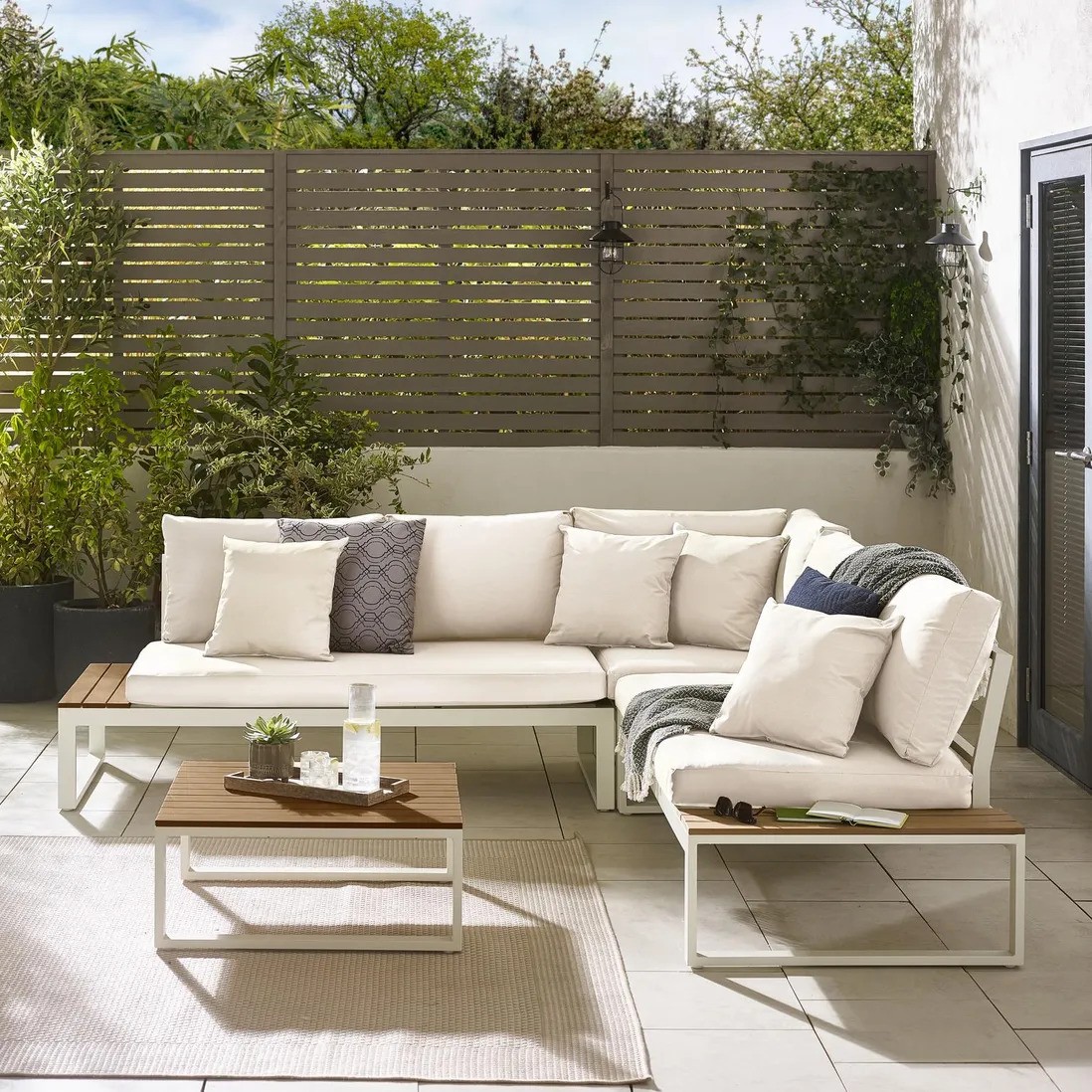 I'm a Homes Editor with expensive taste, but Debenhams just made me do a double-take with this bargain designer-look outdoor sofa
I'm a Homes Editor with expensive taste, but Debenhams just made me do a double-take with this bargain designer-look outdoor sofaThis is the last place I thought I'd find my dream outdoor sofa
By Rebecca Knight
-
 15 ways to add kerb appeal to your home – experts share what really works for a stylish first impression
15 ways to add kerb appeal to your home – experts share what really works for a stylish first impressionMake your home's exterior pop with these ideas
By Jenny McFarlane
-
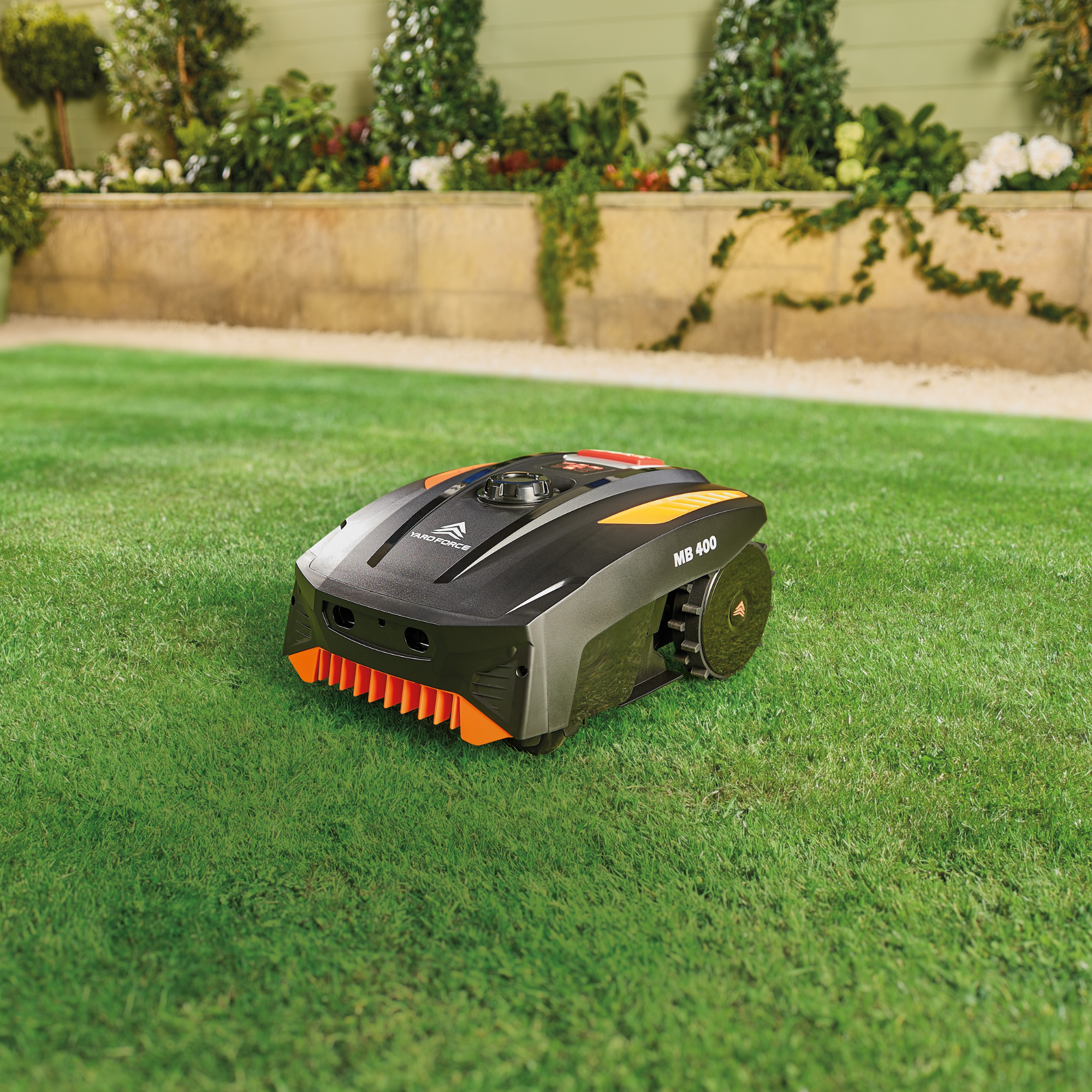 Aldi is selling a robot lawn mower for under £200 - it's one of the cheapest on the market
Aldi is selling a robot lawn mower for under £200 - it's one of the cheapest on the marketI never thought I'd see 'Aldi' and 'robot mower' in the same sentence...
By Kezia Reynolds